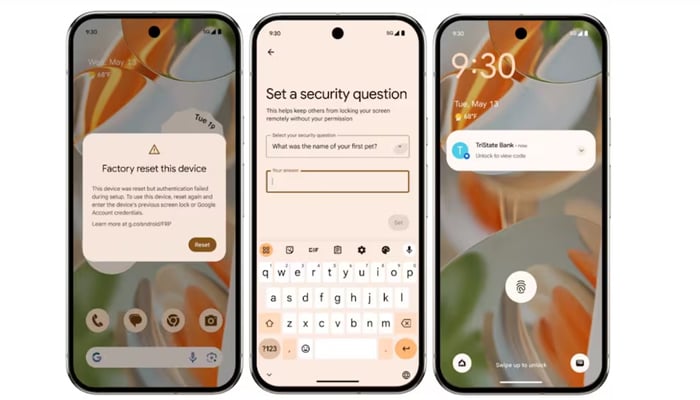
Google displayed a comprehensive suite of the latest security and privacy features it will release by the end of this year, announced during The Android Show: I/O Edition.
The company stated that the latest features will protect users from scams, fraud, and theft on Android.
The latest protections range from security layers during a call, enhanced privacy steps while sharing a screen along with a contact to ensure a device is not reset without the owner’s authorisation.
Messages protection
Google is enhancing protection against scams in Google Messages after launching the feature in March. The feature uses on-device AI to alert users of a potential scam based on the conversation.
Google is improving protection against scams in Google Messages after releasing the feature in March. The feature uses on-device A to alert users of any scan depending on the conversation.
The Alphabet-owned firm is now strengthening user security by having the tool to detect more types of fraud, such as crypto, gift card, toll road, financial impersonation, and technical support.
Theft-protection measures
Earlier this year, the company introduced Identity Check protection to Pixel and Samsung devices with OneUI 7.
The recently introduced feature allows users to use biometric authentication to change critical settings.
Passkeys when the user is not at one of the trusted locations they have added. Google is set to make this feature accessible to other device makers with Android 16.
Later this year, Google will add enhanced protection for Factory Reset, restricting all types of functions on the device.
To prevent someone from locking your phone remotely, Google is adding a security challenge question to stop unauthorised access.
















